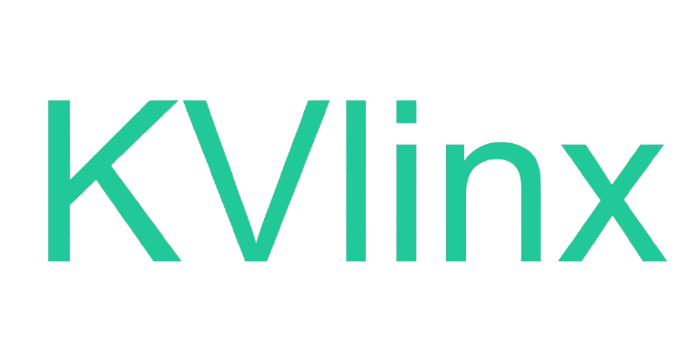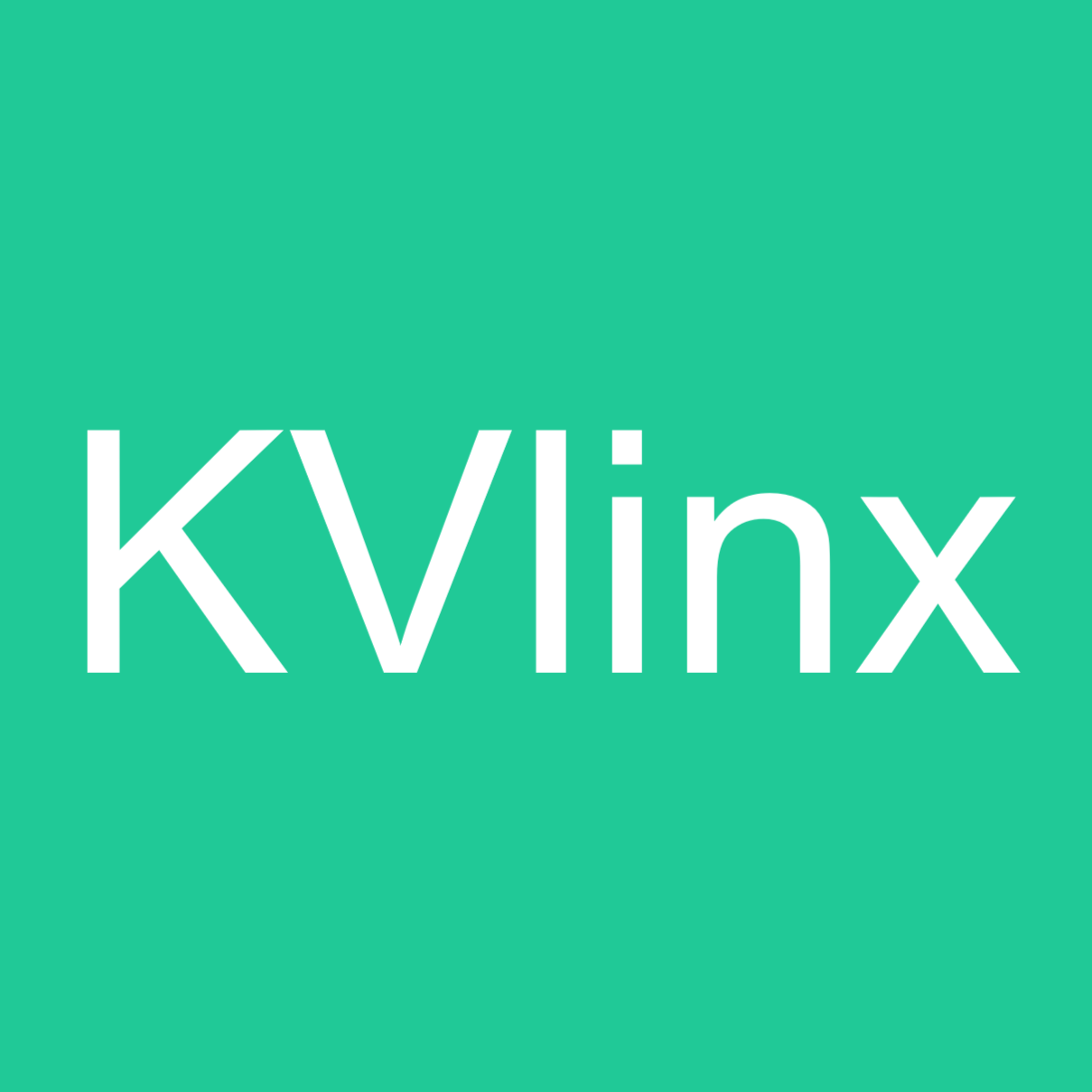Platform Development
It’s time to refurbish your tech architecture. Our experts provide tailored platform development services to help you evolve from a rigid legacy core system to an agile, modular ecosystem of connected layers. Accelerate your infrastructure with cloud, microservices, and internal and external APIs.
With our platform engineering services and your bold vision, we can create a thriving ecosystem of integrated solutions and service providers. Tap into economies of scale without being anchored by operational costs.
Navigating change. Our insights
Online platforms beat product-only companies. That’s an axiom on which MIT researchers and KVlinx platform developers strongly agree. From the automotive to real estate sectors, our platform development services already helped lots of market leaders launch new B2C digital platforms and scale B2B offerings. We position our clients miles ahead of the competition. From digital platform consulting to infrastructure setup, KVlinx digital platform engineering services cover all your needs. We can help you build a strong and scalable technological backbone to support internal solutions and external ecosystem participants.

Digital platform engineering
Work out the optimal architecture design and bring it to life.

API & system integration
Enable efficient data exchanges and communication between all digital platform services.

Governance
Manage your ecosystem with centralized control mechanisms and real-time visibility.

Maintenance & support
Ride the network effect without worrying about degradation or downtime.
_webp.webp)
Infrastructure/IT services optimization & automation
Land in the cloud without technical debt by eliminating, automating, and consolidating.

Data engineering
Get supported in data center consolidation and resource optimization to break data silos.
Our platform development expertise
Digital platform development
Enabling a comprehensive and robust infrastructure as the backbone for innovative, future-proof applications through digital platform development services
SaaS platform development
Transforming business operations by developing cost-effective, scalable software solutions
Cloud-based platform development
Enhancing functionality and customer experience by implementing cloud-based platforms or migrating legacy infrastructures to cloud environments
IoT suite development
Ensuring connectivity and real-time communication between tools and services with a comprehensive suite of applications within the IoT ecosystem
Migration from monolithic to microservices
Ensuring connectivity and real-time communication between tools and services with a comprehensive suite of applications within the IoT ecosystem
Integration
Facilitating data transfer and streamlining connectivity between applications and tools with API integration
Frequently asked questions
How to build the roadmap for platform development?
Successful digital platform development requires a customer-centric approach, continuous improvement, and a willingness to adapt to changing market needs.
Act as a product manager. Start by outlining your goals, business objectives, and target audience within your market environment. Define the core features and functionality of the platform and their respective priority levels. Consider aspects such as technologies to be leveraged, feasible infrastructure, integration points, and scalability together with necessary resources and budgets, along with timelines and milestones. Ensure that your platform development plan is feasible, scalable, and supports the product vision. Keep in mind that the roadmap is not set in stone – iterate and adapt nonstop. In addition, your platform development roadmap should include a contingency plan for any potential risks or obstacles that may arise in the development cycle and evaluate your success and measure outcomes through continuous communication and feedback.
What is the process of platform development?
The process of digital platform development typically involves several stages, from initial planning to deployment and ongoing maintenance. Here’s a general overview of the process:
– Conceptualization and planning
– Requirements gathering
– Design and prototyping
– Development
– Quality Assurance and testing
– Deployment
– Launch and post-launch activities
– Ongoing maintenance and support
Throughout the entire process, effective project management, collaboration among team members and platform developers, and clear communication with stakeholders are crucial for successful digital platform development.
How to define the cost of platform development?
Defining the cost of platform development involves a thorough assessment of various factors. While estimating the exact cost can be challenging, here are key steps to help you define the cost:
– Clearly define the scope of the platform development project (identified key features, functionalities, and deliverables).
– Break down the project for a more granular analysis of the tasks and resources required for each part (UI design, backend development, database setup, integrations, additional customizations or configurations).
– Determine the resources required for platform development (number and expertise of platform developers, designers, testers, and other team members; inhouse or outsourcing options, project duration, and effort required).
– Evaluate the technology stack and infrastructure required for the platform development (the cost of licenses/subscriptions, scalability of servers, hosting, cloud services, and databases).
– Estimate the platform development timeframe based on the scope and complexity of the platform (quantity of features, customization and dependencies level, resource availability).
– Analyze the cost of QA and testing efforts (test cases, test environments, the involvement of testers, automated testing tools, external testing services)
– Allocate budget for maintenance and support costs (regular updates, bug fixes, security patches, user support; inhouse/external resources, service-level agreements (SLAs).
– Account for unforeseen circumstances or changes in requirements during the development process and include contingency and miscellaneous expenditures in your budgeting.
Consolidate all the numbers into a detailed cost analysis documentation with a breakdown of each cost item. This will help you communicate and justify the budget to stakeholders, management, or potential investors.
Navigating change. Our insights

Case study
Groundbreaking Telecom QA Transformation for Operational Excellence

Case study
Expert Test Automation and Platform Integration for Energy Services
eBook
AI Engineering Productivity Cookbook








